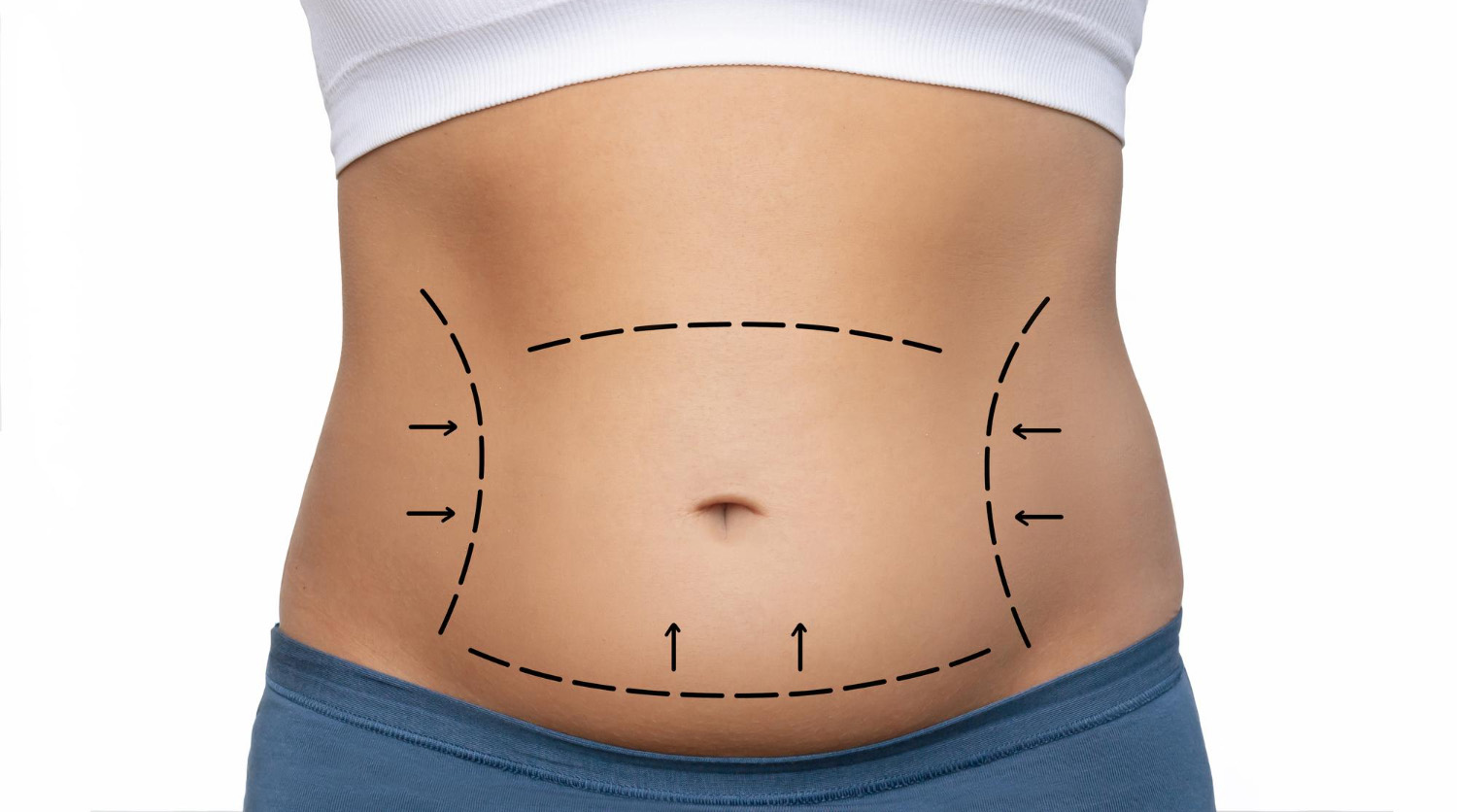

Why Tummy Tuck (Abdominoplasty) Surgery
Dramatic weight fluctuations, pregnancy, and other factors can lead to sagging and loose skin in the abdominal area, causing a loss of elasticity that cannot be easily corrected through conventional methods.
Abdominoplasty, commonly referred to as Tummy Tuck Surgery, is a popular cosmetic procedure aimed at achieving a smoother and more toned abdomen. This surgical intervention involves the removal of excess sagging skin and stubborn fat that may not respond effectively to diet and exercise.
Tummy tuck surgery procedure
There are two distinct methods for performing tummy tuck surgery, and the surgeon will choose the appropriate approach based on the extent of excess skin, degree of sagging, and the patient's expectations. Both methods involve the use of general anesthesia to ensure the patient's comfort during the procedure.
Full tummy tuck incision:
During a full tummy tuck, the surgeon creates an incision along the bikini line and then pulls down and removes the excess skin and fat. Additionally, the weakened abdominal muscles are tightened. Depending on the amount of skin pulled and removed, the procedure may involve repositioning the belly button. Although a full tummy tuck results in more visible scars, it provides excellent outcomes for both upper and lower abdomen sagging. This method is particularly suitable for patients who have recently experienced significant weight loss or for women with stubborn fat and excess abdominal skin following pregnancy.
Mini tummy tuck:
The mini tummy tuck is typically focused on the lower abdominal area. The surgeon makes a smaller incision along the bikini line and then pulls down and removes excess skin and fat. In some cases, the abdominal muscles may not be tightened, and the belly button is not repositioned, although it may be pulled into a lower position. Compared to a full tummy tuck, the mini tummy tuck results in minimal scarring and is less invasive. However, its effectiveness is limited, as it targets only the lower abdomen. For women planning future pregnancies, a mini tummy tuck is recommended, as they may require revision surgery after giving birth.
Recovery after tummy tuck surgery
In the days following the surgery, you may experience some pain, which can be managed with the help of painkillers. Wearing a compression garment for 4 to 6 weeks is advised to reduce swelling, bruising, and facilitate the healing process.
Following the doctor's instructions diligently is crucial to avoid any complications. Resting is of utmost importance, especially during the first two weeks. It is essential to avoid any movements that could strain the abdomen and potentially disrupt the sutures.
You can take a shower after 48 hours, but it's essential to ensure the incision line is thoroughly dried with a clean towel. After 2 weeks, you can gradually return to daily light activities, including office work. More strenuous physical activities like cycling and treadmill exercises can be resumed after 3 to 4 weeks, but heavy lifting should be avoided. After 8 weeks, you should be able to resume all activities.
Once the incisions have completely healed, the surgeon may recommend scar massaging to help smoothen the scars.
Tummy tuck results
The results of a tummy tuck are highly satisfying, providing a more toned and slimmer appearance to the abdomen. While the final results will be visible after 6 to 9 months, you can start enjoying your new shape as early as 6 weeks, once the swelling and bruising have subsided.
Experience the convenience of booking your tummy tuck appointment on QAAPH. Our skilled professionals offer top-quality solutions to address your body contouring goals and leave you with a confident and sculpted look.